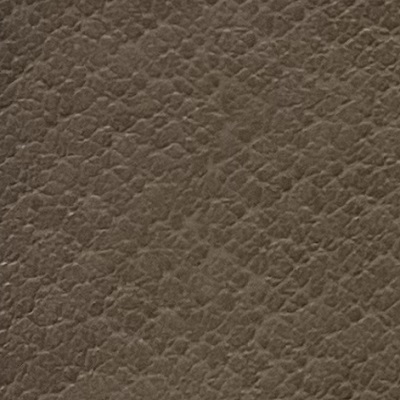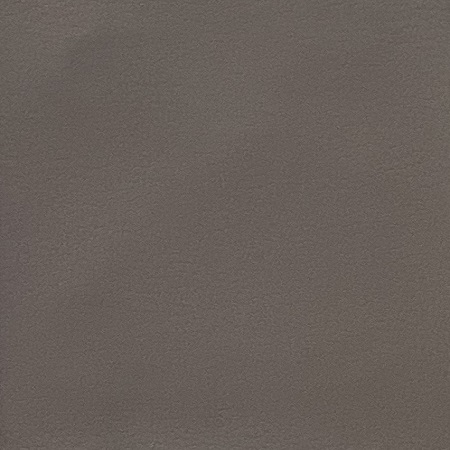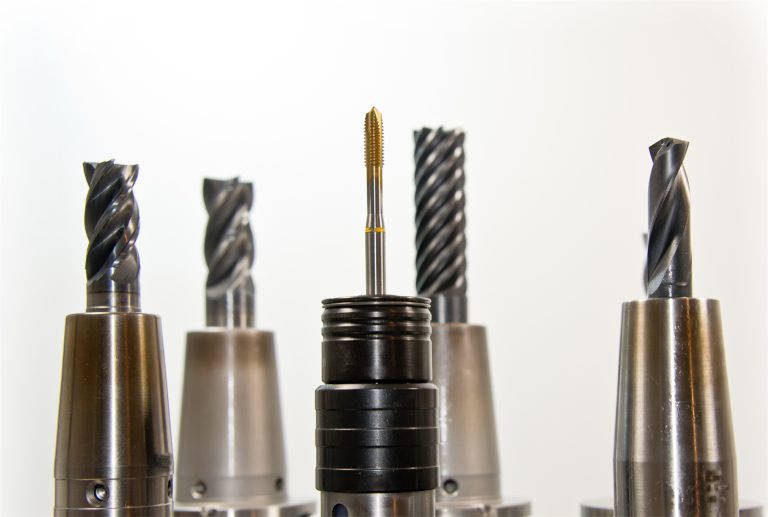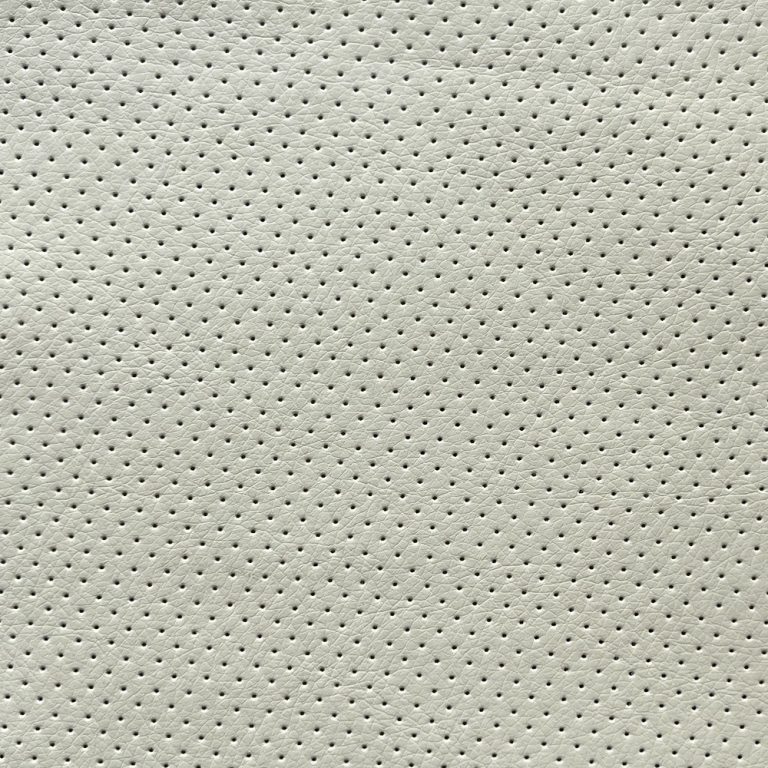Table of Contents
استكشاف متانة أنواع الجلود المختلفة في الأجزاء العلوية من الأحذية
بالإضافة إلى هذه الأنواع التقليدية من الجلود، اكتسبت البدائل الاصطناعية قوة جذب في صناعة الأحذية. توفر مواد مثل جلد PU (البولي يوريثين) وPVC (كلوريد البولي فينيل) بدائل فعالة من حيث التكلفة للجلد الأصلي مع محاكاة مظهره وملمسه. ومع ذلك، قد تختلف متانتها، حيث تثبت بعض الخيارات الاصطناعية أنها أقل مرونة بمرور الوقت مقارنة بالجلد الأصلي.

الجمالي مقابل العملي: اختيار الجلد المناسب لنمط حذائك

المبلغ
اسم المقالة
الجزء العلوي من الحذاء
| الخيارات المستدامة: بدائل الجلود الصديقة للبيئة لصناعة الأحذية | مع استمرار نمو الوعي العالمي بالقضايا البيئية، تبحث الصناعات بشكل متزايد عن بدائل مستدامة للمواد التقليدية. في عالم صناعة الأحذية، أحد مجالات التركيز هو النسيج الجلدي العلوي. لطالما كان الجلد عنصرًا أساسيًا في الصناعة، ويحظى بتقدير كبير لمتانته وجاذبيته الجمالية. ومع ذلك، فإن التأثير البيئي لإنتاج الجلود، بما في ذلك إزالة الغابات، وتلوث المياه، وانبعاثات الغازات الدفيئة، أدى إلى البحث عن بدائل صديقة للبيئة.
أحد البدائل الواعدة للجلود التقليدية هو الجلد الاصطناعي، المعروف أيضًا باسم الجلد الصناعي. يُصنع الجلد الصناعي عادةً من مادة البولي يوريثين أو كلوريد البولي فينيل (PVC)، وكلاهما مشتق من البترول. في حين أن الجلود الاصطناعية لا تنطوي على القسوة على الحيوانات ويمكن إنتاجها بموارد أقل من الجلود التقليدية، إلا أنها لا تزال تعاني من عيوب من حيث الاستدامة البيئية. يتضمن إنتاج الجلود الاصطناعية استخدام الوقود الأحفوري والمواد الكيميائية السامة، وهو غير قابل للتحلل. ثمة بديل آخر صديق للبيئة للجلود التقليدية وهو الجلد النباتي. يمكن تصنيع الجلود النباتية من مجموعة متنوعة من الموارد المتجددة، بما في ذلك الفلين وأوراق الأناناس وقشور التفاح والفطر. توفر هذه المواد المتانة والجاذبية الجمالية للجلد التقليدي دون التأثير على البيئة. على سبيل المثال، Piñatex، وهي علامة تجارية للجلود النباتية المصنوعة من أوراق الأناناس، ليست قابلة للتحلل بيولوجيًا فحسب، بل توفر أيضًا دخلاً إضافيًا لمزارعي الأناناس في المناطق الاستوائية. يعد الجلد المعاد تدويره خيارًا مستدامًا آخر لتصنيع الأحذية. يتم تصنيع الجلود المعاد تدويرها من قصاصات الجلد التي يتم جمعها من مصادر مختلفة، بما في ذلك صناعات الأثاث والسيارات، ومعالجتها إلى مواد جديدة. من خلال إعادة استخدام نفايات الجلود، تقلل الجلود المعاد تدويرها من الطلب على المواد الجديدة وتقلل من التأثير البيئي لإنتاج الجلود. بالإضافة إلى ذلك، تقوم بعض الشركات بتجربة تقنيات مبتكرة لإنشاء مواد تشبه الجلود من المنتجات الزراعية الثانوية، مثل جلود العنب وثفل التفاح. بالإضافة إلى هذه المواد البديلة، هناك اتجاه متزايد نحو الممارسات المستدامة في إنتاج الجلود. تتبنى بعض الشركات طرقًا أكثر أخلاقية وصديقة للبيئة للتسمير، مثل دباغة الخضروات، والتي تستخدم العفص الطبيعي المشتق من النباتات بدلاً من المواد الكيميائية السامة. لا تقلل الدباغة النباتية من التأثير البيئي لإنتاج الجلود فحسب، بل تنتج أيضًا جلدًا أكثر نعومة ومرونة من الجلود المدبوغة تقليديًا. علاوة على ذلك، تفتح التطورات في التكنولوجيا الحيوية إمكانيات جديدة لإنتاج الجلود المستدام. يتم إنتاج الجلود المزروعة في المختبر، والمعروفة أيضًا باسم الجلود المزروعة أو الجلود المصنعة بيولوجيًا، باستخدام خلايا محصودة من الحيوانات دون الحاجة إلى تربية الماشية وذبحها. تتمتع هذه التكنولوجيا بالقدرة على إحداث ثورة في صناعة الجلود من خلال توفير بديل خالٍ من القسوة ومستدام بيئيًا للجلود التقليدية. في الختام، هناك العديد من البدائل الصديقة للبيئة للجلود التقليدية لصناعة الأحذية. من الجلود الاصطناعية إلى الجلود النباتية إلى الجلود المعاد تدويرها، تتنوع الخيارات وتوفر درجات متفاوتة من الاستدامة. ومن خلال اعتماد هذه البدائل وتنفيذ الممارسات المستدامة، يمكن لصناعة الأحذية تقليل تأثيرها البيئي والمساهمة في مستقبل أكثر استدامة. |
| 1 | Shoe Upper |
Another critical factor to consider when choosing leather for your shoes is its breathability and comfort. Natural, untreated leathers, such as full-grain and vegetable-tanned leather, allow for superior airflow, preventing moisture buildup and keeping your feet cool and dry throughout the day. Additionally, these leathers tend to conform to the shape of your foot over time, providing a personalized fit that enhances comfort with each wear. In contrast, synthetic or heavily processed leathers may lack the same breathability and flexibility, potentially leading to discomfort, especially during prolonged wear.
In addition to the type of leather, the tanning process used can also impact its performance and longevity. Chrome tanning, the most common method, involves treating the leather with chromium salts to achieve a soft, supple texture and vibrant colors. While chrome-tanned leather offers excellent durability and water resistance, it may lack the natural richness and depth of color found in vegetable-tanned leather, which uses plant-based tannins for a more environmentally friendly and artisanal approach.
Ultimately, the choice of leather for your shoes should be guided by a balance of aesthetic preferences and practical considerations. Whether you prioritize durability, comfort, or style, selecting the right leather can significantly impact the overall look and feel of your footwear. By understanding the characteristics of different leather types and tanning methods, you can make an informed decision that ensures your shoes not only look great but also stand the test of time. So, whether you’re opting for the rugged charm of full-grain leather or the refined elegance of corrected-grain leather, choose wisely, and step out in style.
Sustainable Options: Eco-Friendly Leather Alternatives for Shoe Manufacturing
As global awareness of environmental issues continues to grow, industries are increasingly seeking sustainable alternatives to traditional materials. In the realm of shoe manufacturing, one area of focus is the upper leather fabric. Leather has long been a staple in the industry, prized for its durability and aesthetic appeal. However, the environmental impact of leather production, including deforestation, water pollution, and greenhouse gas emissions, has led to a search for eco-friendly alternatives.
One promising alternative to traditional leather is synthetic leather, also known as faux leather. Synthetic leather is typically made from polyurethane or polyvinyl chloride (PVC), both of which are derived from petroleum. While synthetic leather does not involve animal cruelty and can be produced with fewer resources than traditional leather, it still has drawbacks in terms of environmental sustainability. The production of synthetic leather involves the use of fossil fuels and toxic chemicals, and it is not biodegradable.
Another eco-friendly alternative to traditional leather is plant-based leather. Plant-based leather can be made from a variety of renewable resources, including cork, pineapple leaves, apple peels, and mushrooms. These materials offer the durability and aesthetic appeal of traditional leather without the environmental impact. For example, Piñatex, a brand of plant-based leather made from pineapple leaves, is not only biodegradable but also provides additional income for pineapple farmers in tropical regions.
Recycled leather is another sustainable option for shoe manufacturing. Recycled leather is made from scraps of leather that are collected from various sources, including furniture and automotive industries, and processed into new material. By repurposing waste leather, recycled leather reduces the demand for new materials and minimizes the environmental impact of leather production. Additionally, some companies are experimenting with innovative technologies to create leather-like materials from agricultural by-products, such as grape skins and apple pomace.
In addition to these alternative materials, there is a growing trend towards sustainable practices in leather production. Some companies are adopting more ethical and environmentally friendly methods of tanning, such as vegetable tanning, which uses natural tannins derived from plants instead of toxic chemicals. Vegetable tanning not only reduces the environmental impact of leather production but also produces leather that is softer and more supple than traditionally tanned leather.
Furthermore, advancements in biotechnology are opening up new possibilities for sustainable leather production. Lab-grown leather, also known as cultured leather or biofabricated leather, is produced using cells harvested from animals without the need for raising and slaughtering livestock. This technology has the potential to revolutionize the leather industry by providing a cruelty-free and environmentally sustainable alternative to traditional leather.
In conclusion, there are numerous eco-friendly alternatives to traditional leather for shoe manufacturing. From synthetic leather to plant-based leather to recycled leather, the options are diverse and offer varying degrees of sustainability. By adopting these alternatives and implementing sustainable practices, the shoe industry can reduce its environmental impact and contribute to a more sustainable future.







